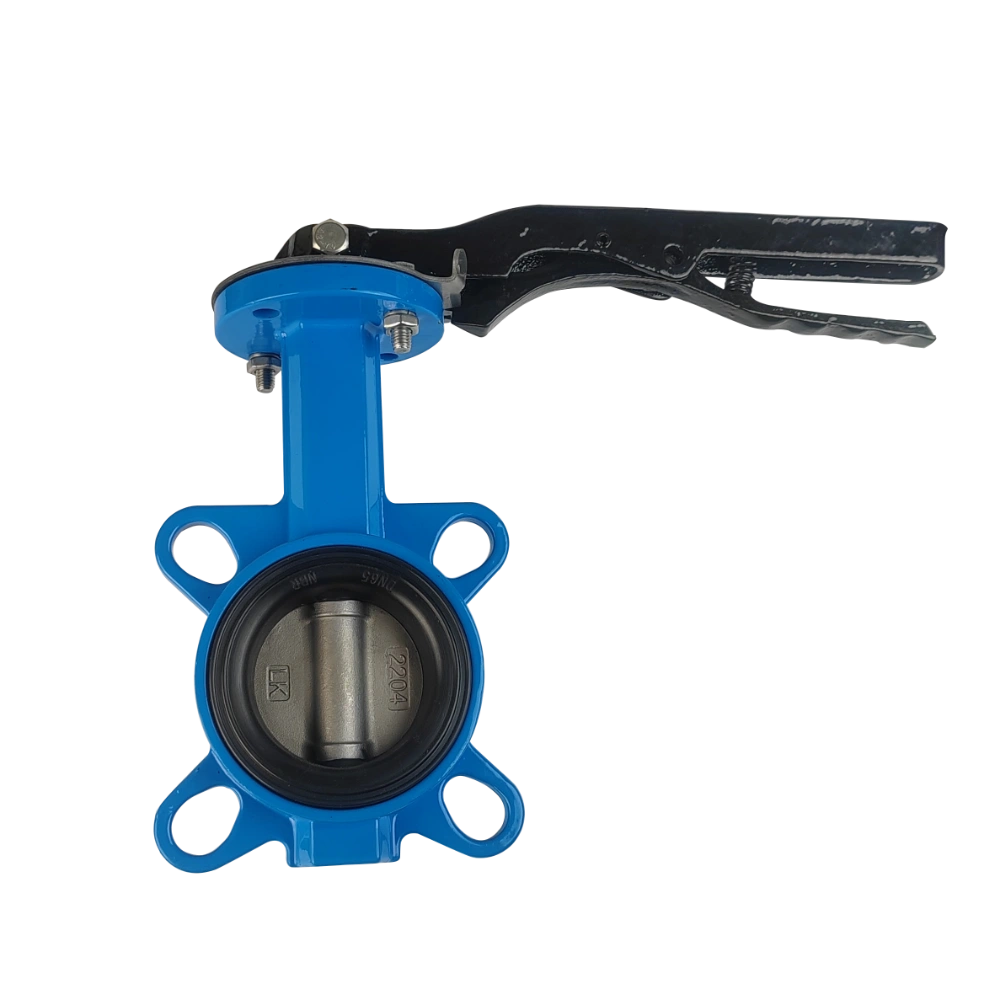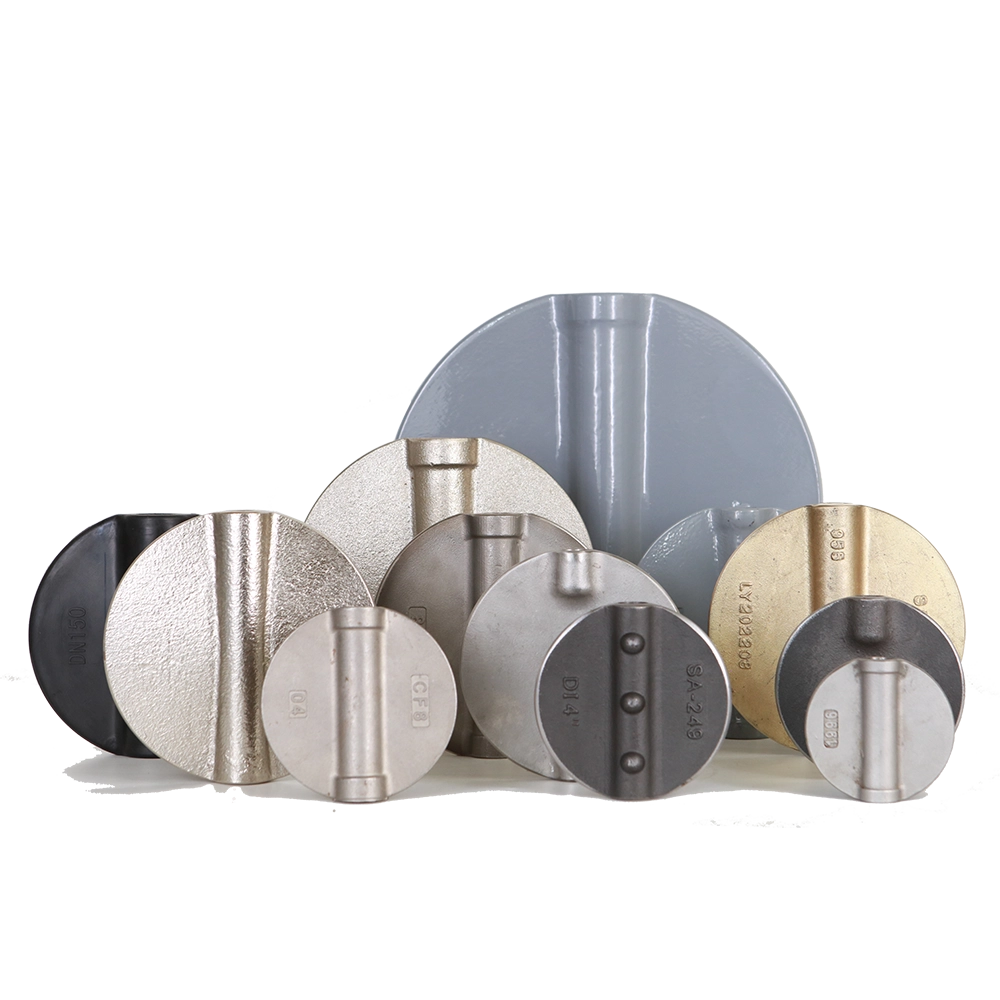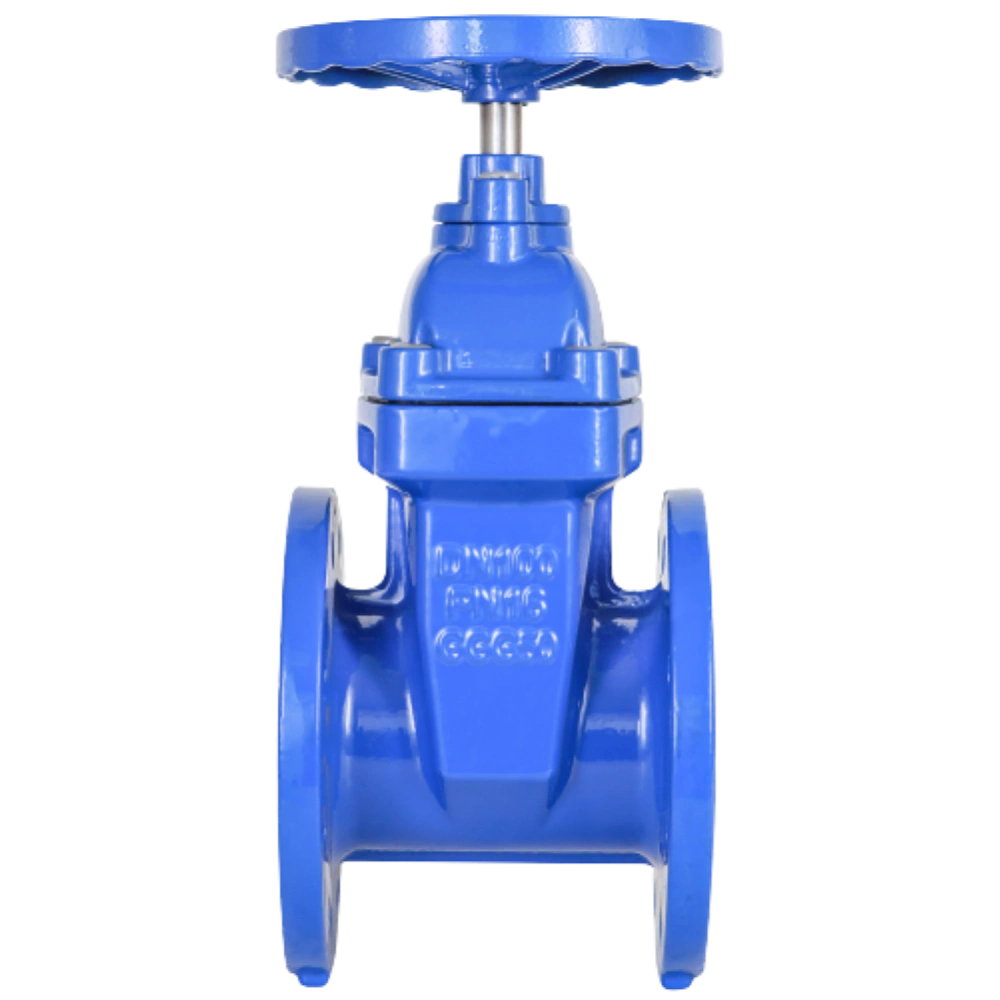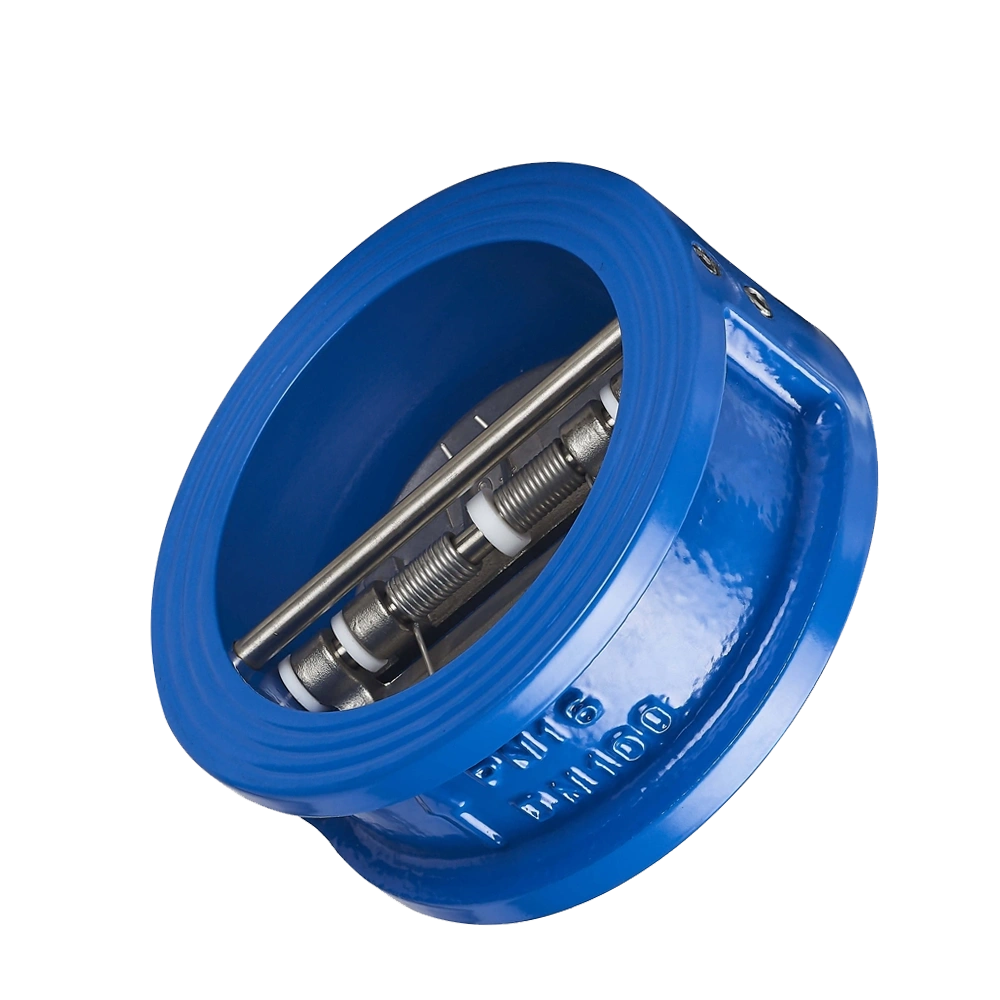It’s critical to know if a butterfly valve is open or closed. It ensures the safe and proper operation of a fluid handling system. Butterfly valves are widely used because of their significant advantages.
1. Advantages of butterfly valve
It has a simple structure. It’s mainly a valve body, valve plate, valve stem, and valve seat. This makes it easy to manufacture and maintain.
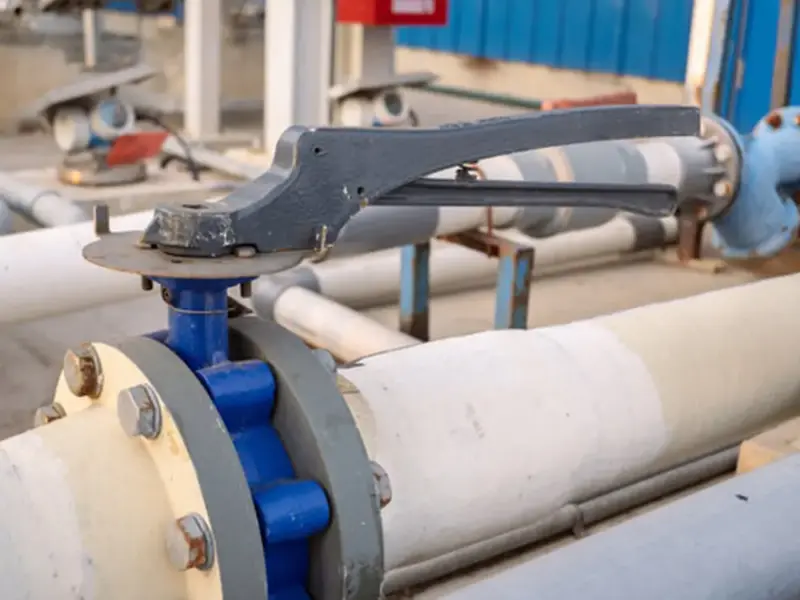
Light weight and small size: Butterfly valves are usually lighter and smaller than other types of butterfly valves of the same specs. Their compact structure and fewer parts make them so. They are suitable for installation in places with limited space and are also easy to transport and install.
Low cost: Butterfly valves are cheaper to make than ball and gate valves. So, they are more economical.
Easy to operate and quick to respond: The butterfly valve only needs a 90-degree rotation to open and close. This makes it very easy to use and suitable for rapid applications.
Good sealing: The butterfly valve uses advanced materials and tech. It seals well and prevents leaks.
Wide scope of application: Butterfly valves can be used in a variety of media such as water, gas, oil, chemicals, etc.
Easy maintenance: The butterfly valve has a simple design. It is easy to disassemble and repair. This saves time and costs.
Small pressure loss: The butterfly valve’s design reduces flow resistance. This lowers pressure loss and energy use in the system.
Two-way sealing: The centerline butterfly valve and some eccentric butterfly valves are designed with two-way sealing. It can maintain good sealing performance under both forward and reverse pressure.
Multiple operating modes: Butterfly valves can be manual, electric, or pneumatic. This allows them to meet different control needs.
For large diameter pipelines: butterfly valves are best. They are common in low and medium pressure systems. Zfa can make butterfly valves up to DN3000.
Small operating torque: The butterfly valve has a small operating torque. This reduces the actuator’s power needs. Butterfly valve is one of the few types of butterfly valves that can use a handle.
To know if a butterfly valve is open or closed, please firstly understand its structure and working principle.
2. Structure and working principle of butterfly valve
A butterfly valve consists of a disc mounted on a rotating shaft. Butterfly valves operate using a simple 90-degree opening and closing mechanism. The handle or actuator rotates the valve stem, which in turn rotates the valve disc. This rotation can allow or impede fluid flow. The valve plate acts as a closing element, controlling the flow of fluid through the butterfly valve. When the disc is parallel to the fluid, the butterfly valve remains open. When the disc rotates to the vertical position, the butterfly valve closes.
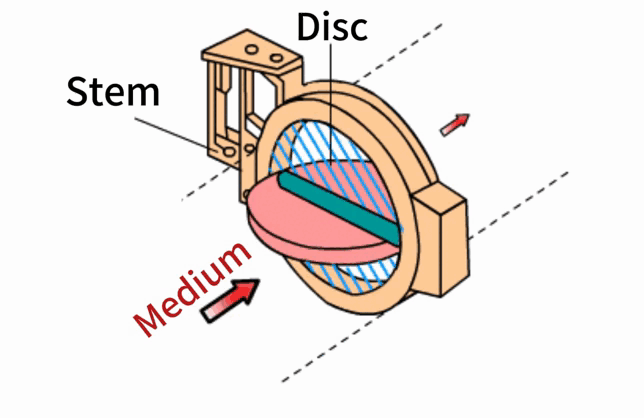
Scientific research results:
•A study published in Processes (2023) investigated the airflow characteristics of butterfly valves. The study shows that shaft diameter and valve thickness affect performance.
•Another study in J. Press. Vessel Technol. (2008) found that rectangular shafts produce less pressure drop than round shafts. This improves engine performance, fuel economy and emissions.
Next comes the topic, how to determine whether the butterfly valve is open or closed?
3. Status of butterfly valve: open or closed
3.1 Visual inspection to know butterfly valve open or closed
3.1.1 Position of handle
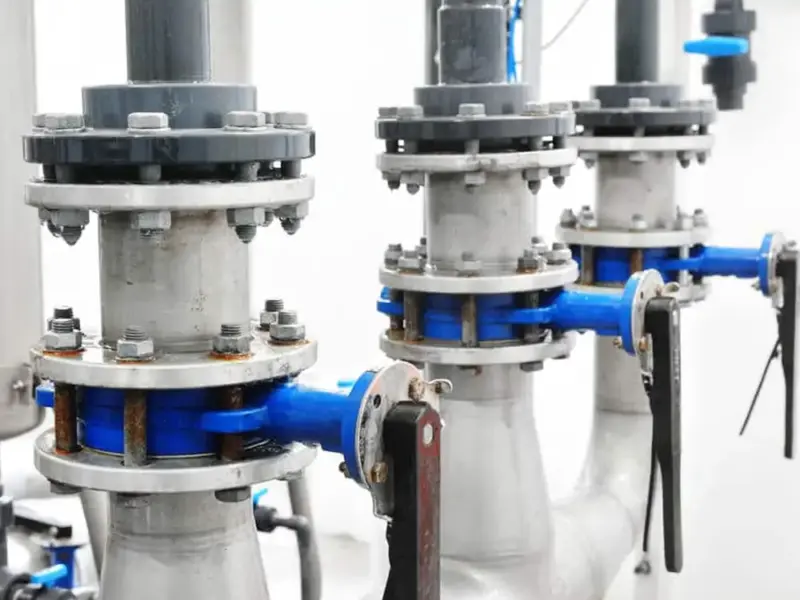
The best way to find the butterfly valve plate’s position is to watch the handle. The handle position clearly indicates the status of the butterfly valve.
-Open state: when the handle is parallel to the pipe. This alignment allows fluid to flow freely.
-Closed state: when the handle is perpendicular to the pipe. This position completely blocks fluid flow.
The operator can quickly check the handle operated butterfly valve . They just need to observe the handle’s direction.
3.1.2 Observation port
If necessary, the pipe may have a transparent window to view the valve plate.
-The butterfly valve remains open when the disc is parallel to the direction of flow. This alignment minimizes resistance and allows fluid to pass through.
-The butterfly valve closes when the disc rotates to the vertical position. This rotation can completely block flow.
3.2 Indicators to know butterfly valve open or closed
3.2.1 Manual indicator: chainring
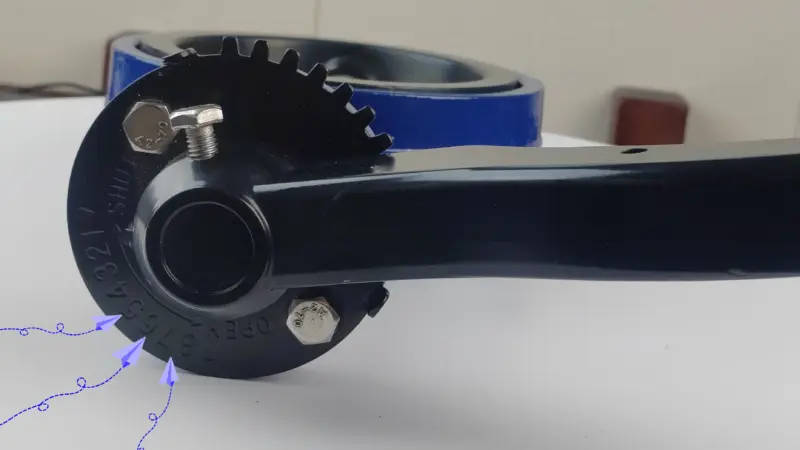
The toothed disc is also a direct, fast and reliable way to check butterfly valve position. The handle usually comes in combination with a handle and usually has 9 gears. Each gear corresponds to the position dimension of the valve plate opening. Operators can read these marks to determine whether the butterfly valve remains open or closed.
3.2.2 Proximity Switch
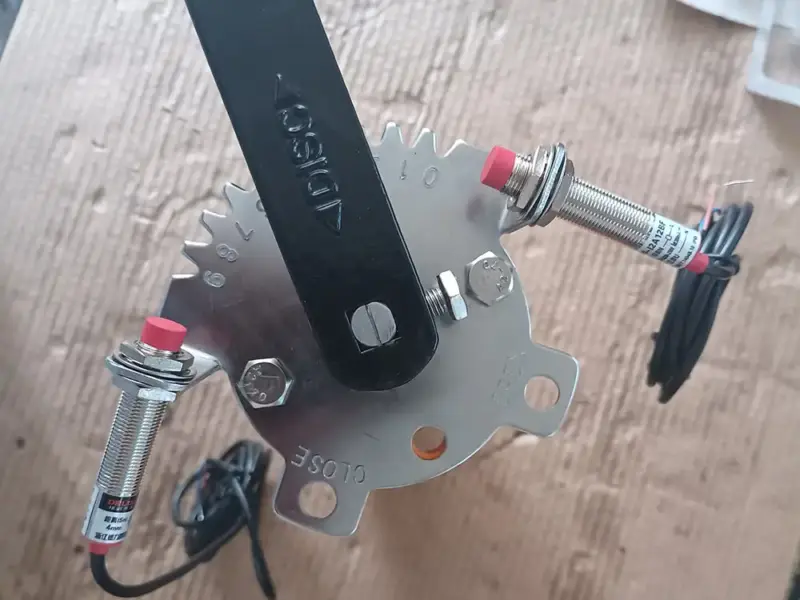
Proximity Switch, also known as proximity sensor, is an electronic device. The proximity switch determines the position of the valve plate by detecting the distance from the handle. Whether it is open, closed or in the intermediate position.
Proximity switches can provide real-time feedback of valve plate position to automatic control systems, which is critical for process control and monitoring. For example, in a fire protection system, the control system can use the signal from the proximity switch to confirm that the valve plate has reached the required position before proceeding further.
3.3 Operation test to know butterfly valve open or closed
3.3.1 Traffic test
The flow sensor determines the position of the valve plate by detecting the presence or absence of flow.
An open butterfly valve allows maximum fluid movement flow.
A closed butterfly valve will have no flow.
Operators can use flow sensors to determine whether a butterfly valve is open or partially open, or closed.
3.4 Pressure test
The position of the valve plate is determined by measuring the pressure difference across the butterfly valve.
An open butterfly valve shows minimal pressure drop.
A closed butterfly valve shows a significant pressure differential.
The operator can perform this test using a pressure gauge
4. Conclusion
Knowing whether a butterfly valve is open or closed requires a combination of vision, tools and diagnostic methods. This comprehensive guide provides a detailed overview of methods and considerations for checking butterfly valve plate position. As technology continues to evolve, new methods and innovations will further enhance the ability to monitor and control these critical components in fluid handling systems. Therefore, this article will be continuously updated to help customers understand the latest technology.

